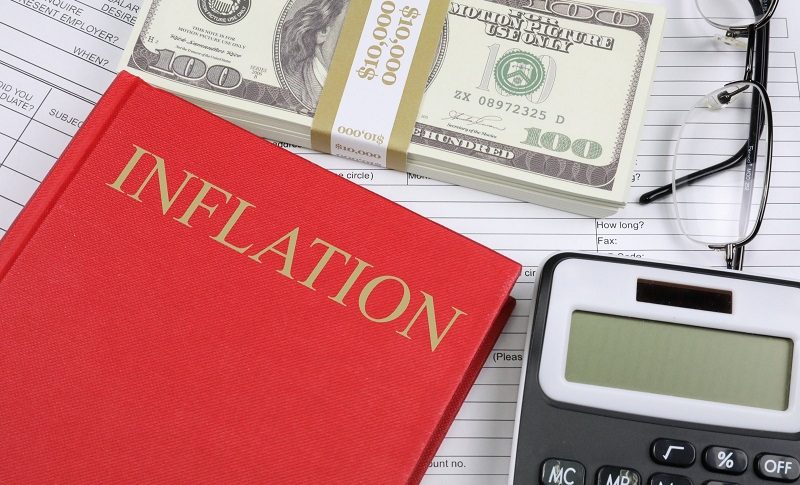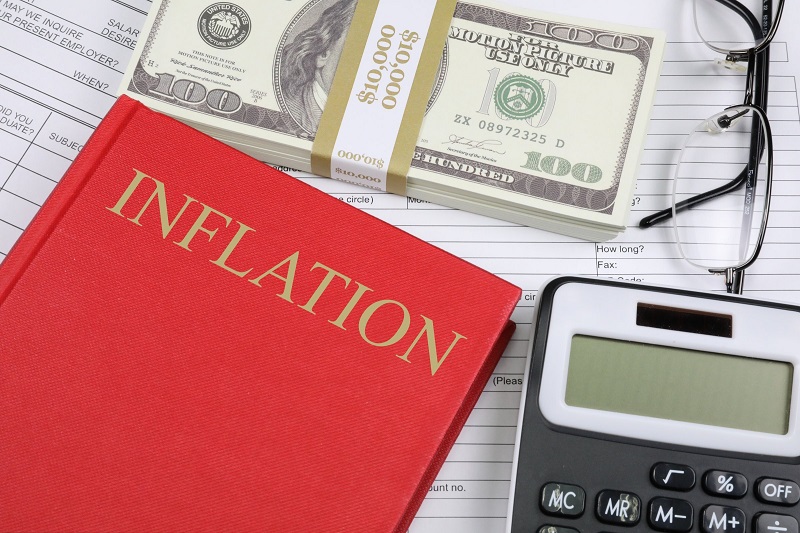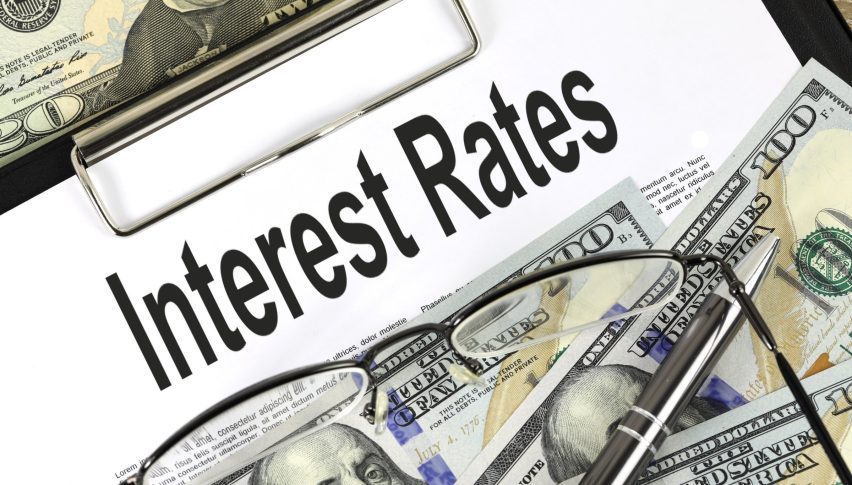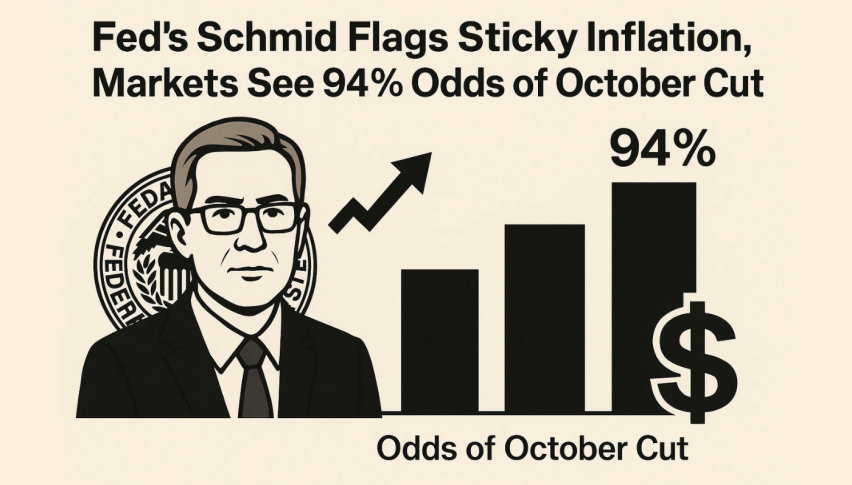USD Consolidates in Anticipation of Strong US Inflation CPI
The market sentiment today seems subdued, as traders await the US CPI inflation report tomorrow. They fear a tick higher in the February CPI

The market sentiment today seems subdued, as traders await the US CPI inflation report to be released tomorrow. They fear a tick higher in inflation for February, due to a spike in gas prices, which is keeping risk assets such as commodity dollars and stock markets bearish today.
Will February US Inflation Reverse the USD Higher?

Based on forecasts, it is anticipated that the Consumer Price Index (CPI) figures will indicate relatively strong monthly inflation. That would be similar to what we saw in January, where inflation jumped on a monthly basis MoM, but remained close to 3% on an annual basis YoY. Specifically, the headline CPI is expected to have increased by 0.43% last month, while the Core CPI, which excludes the volatile food and energy prices, is projected to increase by 0.32%.
These figures suggest significant inflationary pressures within the economy not to be ignored, particularly when considering core inflation. Looking ahead, the NY Fed’s inflation expectations for 2024 remain unchanged at 3.0%, while the 3-year and 5-year projections have been revised upward. So, it’s worth noting that some hawkish biases are creeping into the FED interest rate discussion.
The majority of economists believe there’s a greater risk that fewer rate cuts will emerge on the Dot Plot at this month’s meeting, especially if CPI inflation beats expectations tomorrow. That would reverse the course for the USD after the retreat last week.
However, the Cleveland Fed projections predict a moderation in inflation for March, which will be reported in April. The model forecasts that both the monthly headline and core inflation will trend lower to 0.25% and 0.3%, respectively, in March. So, the USD and market behavior will depend on the report. However, it’s important to note that this projection is subject to adjustment as additional data for March becomes available.
Among economists and the market potential Federal Reserve interest rate cuts are becoming increasingly evident, as evidenced by recent surveys and pricing data. According to a Reuters survey of 108 economists, 72 of them anticipate the first decrease in interest rates to occur at the June 12 meeting. Additionally, market pricing reflects an 85% chance of a first Fed rate cut in June, aligning with analysts’ expectations.
This suggests that while there’s anticipation for rate cuts, there may be some caution among analysts regarding the extent and timing of these cuts. In terms of expectations for the year as a whole, 52 out of 108 economists anticipate 75 basis points or fewer in rate cuts, while 26 expect 100 basis points. However, these forecasts are subject to change based on upcoming economic data, particularly tomorrow’s US Consumer Price Index (CPI) data, which could provide further insights into inflationary pressures and potential monetary policy decisions by the Fed.
New York FED Inflation Expectations
- One year inflation 3.0% vs 3.0% prior
- Three year inflation expectations 2.7% vs 2.4% prior
- Five year inflation 2.9% vs 2.5% prior (highest since August)
- Expected home price increase 3.0% vs 3.0% prior
- Expected year-ahead rent lowest since Dec 2020
- Consumers steady on expected income and earnings gains in Feb
The recent increase in 3-year and 5-year inflation rates may indeed raise concerns among some Federal Reserve (Fed) members, as it suggests a potential uptick in longer-term inflation expectations. However, the decrease in inflation observed in January could be viewed as a temporary anomaly or “hiccup,” particularly if it’s attributed to specific factors such as fluctuating petrol costs. While petrol costs can certainly impact short-term inflation figures, they may not have as significant an effect on longer-term inflation expectations.
- Check out our free forex signals
- Follow the top economic events on FX Leaders economic calendar
- Trade better, discover more Forex Trading Strategies
- Open a FREE Trading Account


